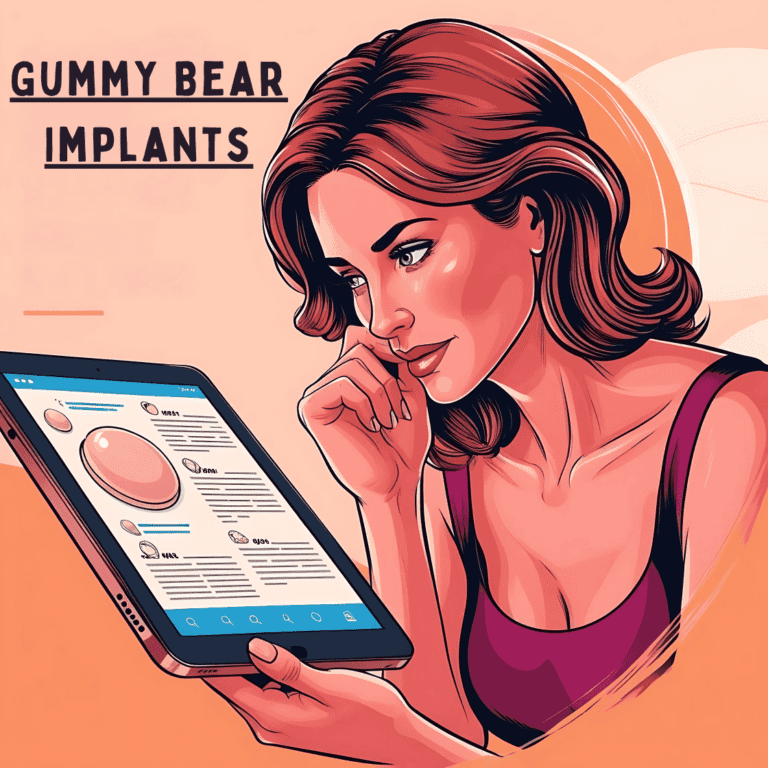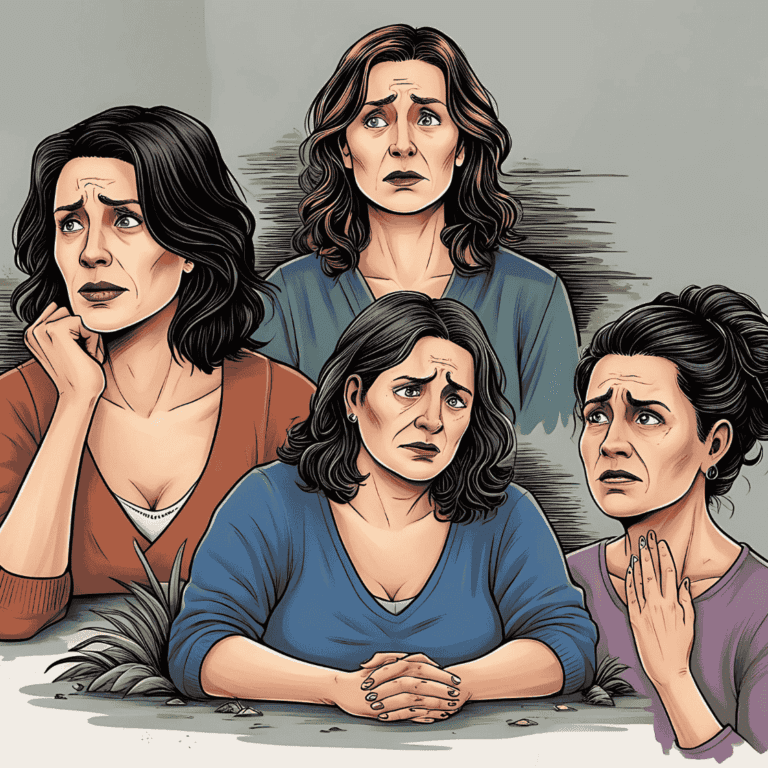
Gummy Bear Implants: The Science, Benefits, and Hidden Truths
Gummy Bear Implants: A Cohesive Gel Revolution Gummy bear implants, formerly known as cohesive gel silicone implants, have transformed breast augmentation with their advanced design and safety profile. Unlike traditional options, these

Isabella Piercing: Risks, Pain, Aftercare & More
Exploring the Isabella Piercing Want a piercing that blends art with empowerment in an edgy and personal lifestyle? Meet the Isabella Piercing: a female genital piercing that’s beginning to turn heads with

Lipotropic Injections: Burn Fat Fast!
Are you sick of struggling with stubborn fat that seems impossible to get rid of, regardless of how strictly you diet

How Do Mental And Emotional Illnesses Affect Social Health?
Physical diseases—like diabetes or cancer—rattle our outward vessels, causing bruises, skin rashes, and breaks. Mental and emotional illnesses — like depression,

Whey Protein Concentrate Vs. Isolate: Key Differences and How to Choose
Whey Protein Concentrate Vs. Isolate: Which is Better For You Are you having trouble choosing between whey protein concentrate and isolate?

Leading a Healthy Lifestyle: Quick Tips
Healthy Lifestyle: What it means It is a compound

Teenage Insomnia: A Common Sleep Disorder
Insomnia is common among teenagers. Their mental health is

10 Healthy Lifestyle Tips For Men Over 60
A healthy lifestyle leads to a person’s healthy well-being.

15 Beauty Tips That Make Looking Good Easy
Are you looking for beauty tips that make looking